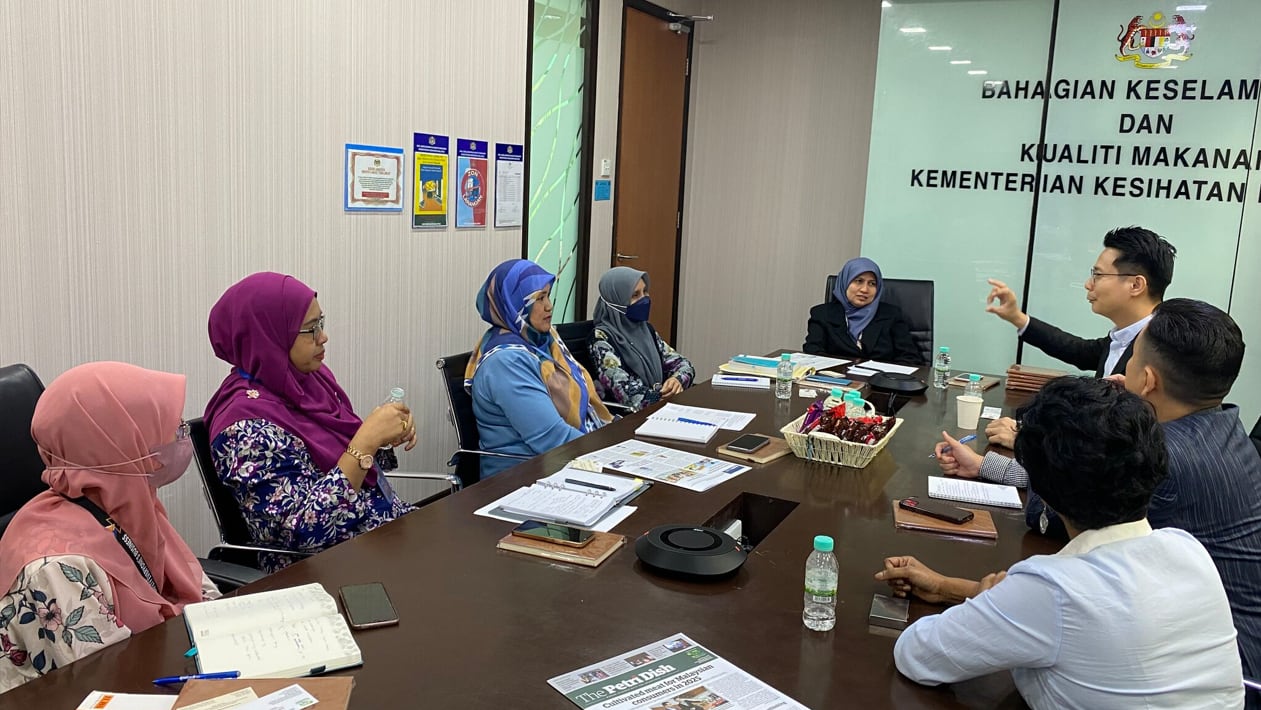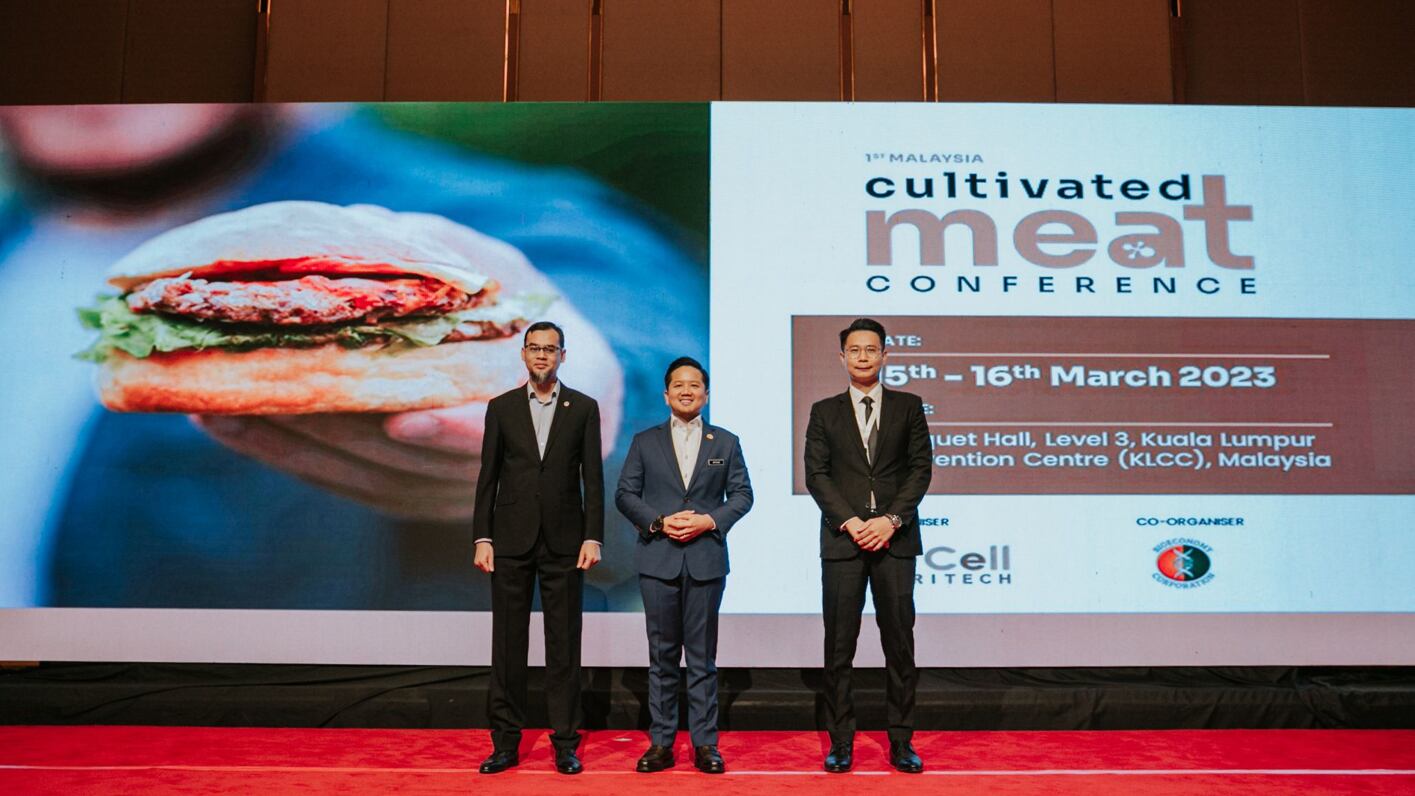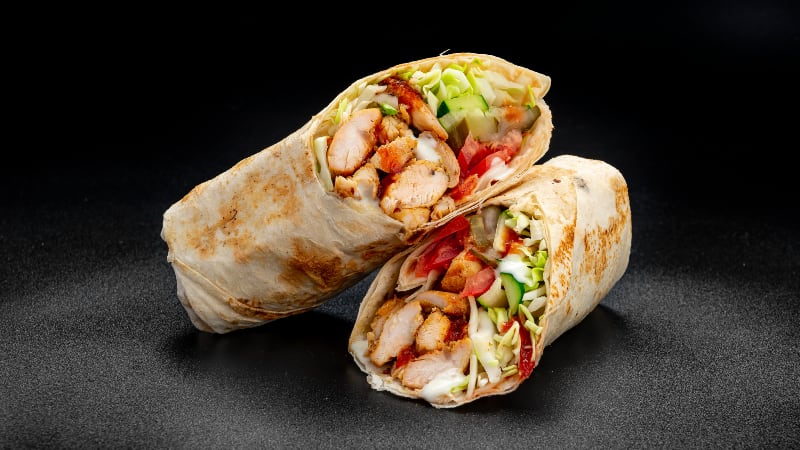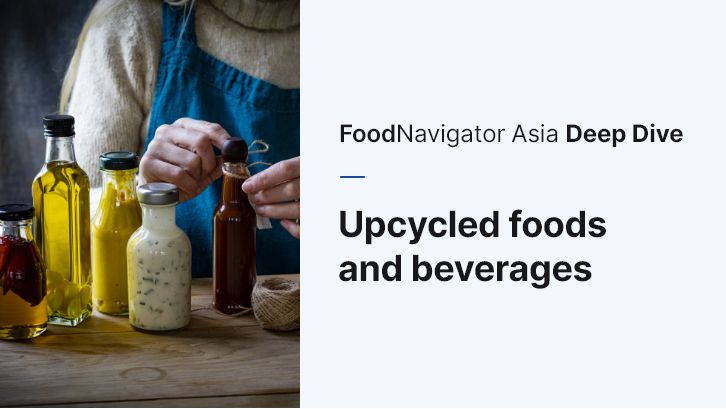It recently announced its partnership with Umami Meats to produce cultivated grouper and eel meat, and building Malaysia’s first cultivated meat production facility which is expected to start operations in 2024 Q4.
Founded in 2022, Cell AgriTech emerged from a collaboration between the manufacturing industry and academic institutions.
Founder and manufacturing vice president Jason Ng claimed that talks were underway prior to its founding and it only recently “unlocked the formula to bring down the cost [of producing cultivated meat] significantly.”
Long and winding road
Bringing cultivated meat from R&D to market can be a long and arduous process depleting resources along the way. For example, Israel-based Steakholder Food previously developed everything in-house – from cell lines, medium, to technology – then pursuing a different strategy later on.
Cell AgriTech is channelling the resources on its manufacturing capabilities: “In this industry, everyone spends a lot of budget, effort, and time developing the cell lines. So, we try to do something different. We source them from Umami Meats, and choose to spend our resources on the manufacturing part. We can purchase a larger bioreactor which enable us to have more cost savings.
“Even though other players started earlier than us, they are still struggling, and it gets stuck on the benchtop, laboratory scale. If the cell line fails, you’ll have to restart again. So, our risk is actually lower when we license from others.”
As technologies in the space are still evolving and cost is needed to file for a patent application, Ng added that it makes little sense at this point to patent its own.
It is in consensus that the industry is more collaborative in nature, as it cited the example of Mosa Meat sharing its recipe to cultivate fat without FBS.
It is currently working with Singapore tertiary institution, Nanyang Polytechnic (NYP), to set up a contract manufacturing service for the industry. It hopes that the profits from the service can tide it through the journey developing its first cultivated meat product.
Working with regulators
The firm has been in talks with Malaysia’s Ministry of Health and Singapore Food Agency, respectively, since last year, and Ng said that they were receptive to the idea of cultivated meat being a meat alternative during outbreaks of animal influenza affecting meat supply.

It added that it is “positive” about its engagement with the government to build a regulatory framework for cultivated meat in Malaysia. He hopes that subsidies can be put in place in the initial phase to reduce the cost of cultivated meat products.
Where halal certification is concerned, Ng said that regulatory updates are centred around food safety and the halal certification bodies in Singapore and Malaysia are only being updated of its progress.
It appears that local industry is mainly driving engagement with regulators. Ng opines that more cultivated meat players in the region can advocate for more for favourable regulations.
Focus on seafood and commercialisation plans
Ng highlighted that it is focused on cultivating Japanese eel (Unagi) or grouper fish meat since the original products already have a high price point to begin with, so they are more comparable.
“Cost parity is easier to achieve compared to chicken. The equipment, medium and cell lines are of the same cost and effort. That is why we chose to focus on a higher-value meat, such as fish.”
Other reasons include seafood being more likely than other meats to be approved for halal certification, and in part due to Umami Meats already supplying fish cell lines to the market.
It is targeting to launch its first cultivated fish product in 2025 in South East Asia or China. He said that Japan, South Korea, and the Oceania regions are already making progress shaping up the regulatory frameworks around cultivated meat.
Malaysia as a cultivated meat manufacturing facility?
Ng said that Penang, Malaysia, has an advantage when it comes to cost-competitiveness and manufacturing talent.
It is planning to set up an incubation space equipped with the facilities and its R&D team to chip in support to emerging players. It hopes to attract foreign cultivated meat companies to situate their manufacturing in Malaysia, and bring down the cost of products when they have been approved across APAC.
Additionally, it is in collaboration with Universiti Sains Malaysia (USM) and NYP to launch a course in cultivated meat. The course at USM is set to commence on 7th August 2023.




